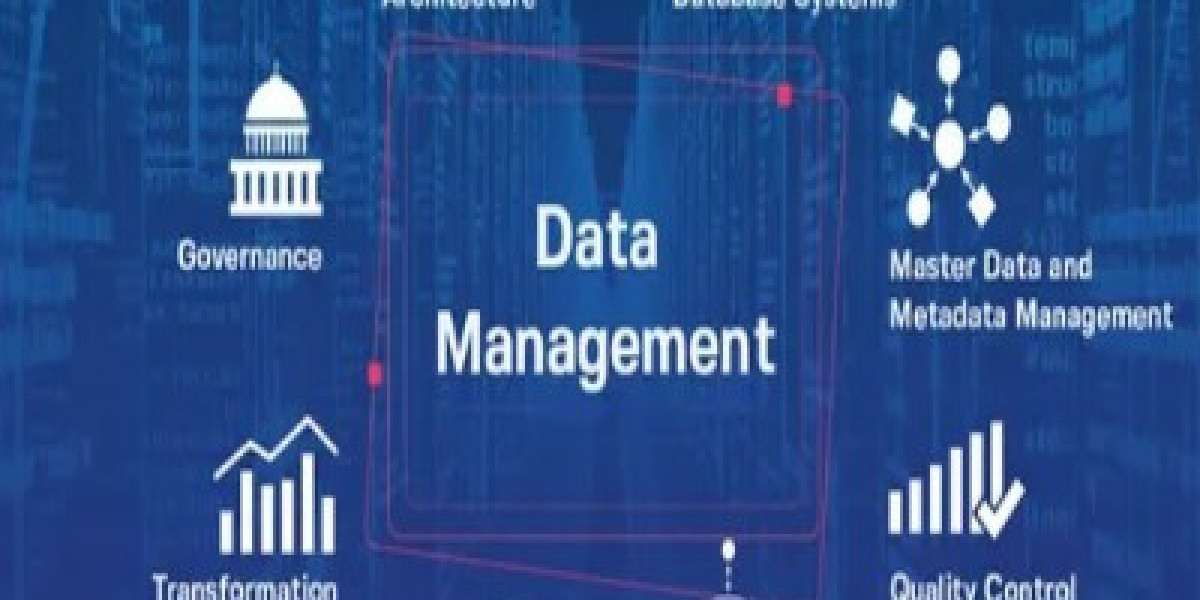What is Metadata?
Metadata refers to data that provides information about other data. It describes the content, quality, structure, context, accessibility and condition of data and digital resources. Metadata establishes links between different resources and allows users to uniquely identify and retrieve information more easily. With metadata, data becomes more discoverable, usable and meaningful.
Why is Metadata Management Important?
As digital data grows exponentially each year, proper Metadata Management Tools is crucial to find, understand and use information efficiently. Metadata facilitates search and discovery of relevant content from huge volumes of data. It helps users navigate large collections and find the exact information they need quickly. Metadata also ensures that data remains accessible over time by providing context for future users who may not be familiar with the original projects or systems. This is especially important as technologies evolve rapidly. Effective metadata management brings order to chaos and transforms scattered bits of data into organized knowledge.
Types of Metadata Used in Metadata Management Tools
There are different types of metadata created and used for different purposes. Some common ones include:
- Descriptive metadata provides information about the content like title, authors, subject terms, abstract etc. It facilitates discovery and identification.
- Structural metadata illustrates how composite objects are put together, for example tables of contents or classification schemes. It shows relationships between different components.
- Administrative metadata contains information to help manage a resource like creator name, contact details, date of creation, file type etc. It provides technical and preservation information.
- Rights metadata communicates intellectual property, copyright and conditions of use. It helps users understand permitted actions for a resource.
- Formatted metadata helps render or display a resource for use, like formatting codes, fonts and styling information.
- Provenance metadata records workflow/audit trail details and documents changes & influences on a resource over time.
Features of Leading Metadata Management Tools
Top metadata management tools offer comprehensive features to organize and leverage metadata optimally. Here are some key capabilities:
- Automatic metadata generation using templates, optical character recognition and other technologies.
- Integration with various systems, repositories and file formats for easier data aggregation.
- Advanced metadata tagging, editing and validation workflows.
- Custom metadata schema/data model creation capability.
- Rules-based metadata mapping and transformation across different data structures.
- Faceted browsing, navigation and search capabilities using metadata fields.
- Predefined taxonomies, authority lists and controlled vocabularies for standardization.
- Versioning, updating and change tracking functions.
- Permissions and access control at field/record level.
- Metrics, reporting and analytics features using rich metadata.
- Open APIs for programmatic integration with other systems.
- Scalability to handle large volumes of data and concurrent user loads.
- Backup, restore, archiving and disaster recovery features.
Popular Metadata Management Tools
While there are many commercial and open source tools available, some of the most widely used ones include:
- Adlib: An open source library management system with wide metadata standards support.
- Numerous: A commercial system for digitization projects with online editing interface.
- ArchivesSpace: Open source archival description application for archives.
- Metadata Made Easy (MME): Metadata editor & validator for file-based assets.
- CollectiveAccess: Open source museum collections management software.
- VRA Core: XML schema for visual resources metadata exchange and sharing.
- Contentdm: Digital content management system from OCLC for libraries.
- Archivists' Toolkit: Opensource archival management application.
- ALMA: Ex Libris' library management system with embedded metadata tools.
Metadata management solutions help organizations gain better control over data through standardized, searchable descriptions that improve findability, understanding and utilization of information assets. Choosing the right tool based on specific requirements is key to maximizing metadata's value across the content lifecycle.
Get This Report in Japanese Language: メタデータ管理ツール
Get This Report in Korean Language: 메타데이터 관리 도구
About Author:
Ravina Pandya, Content Writer, has a strong foothold in the market research industry. She specializes in writing well-researched articles from different industries, including food and beverages, information and technology, healthcare, chemical and materials, etc. (https://www.linkedin.com/in/ravina-pandya-1a3984191)










